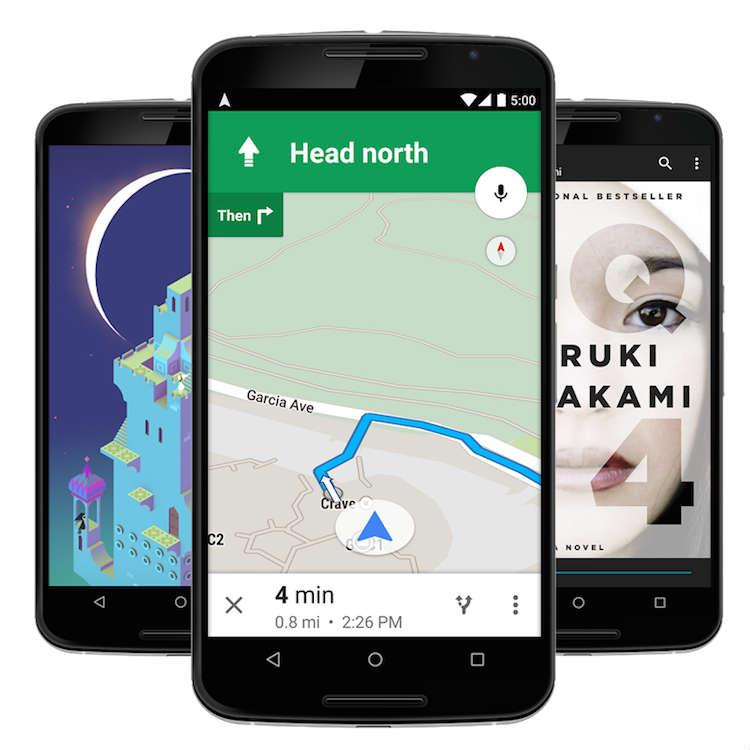
Finally, Motorola has made a Nexus smartphone. It’s been a long time coming, and if it wasn’t going to be Sony or HTC, then they were the best bet, as far as I’m concerned. I’ve been waiting to see what they’d create. Unfortunately, it came during a stretch of time where Motorola was already making a Nexus-like device already with their Moto lineup, so unsurprisingly their actual Nexus smartphone turned out to be a bigger Moto X.
Not that that’s a bad thing. The new Moto X is a great device, so if one is going to get replicated for something else, it might as well be a good smartphone. So, the Nexus 6 is definitely on a lot of people’s radars by this point, just waiting for the handset to launch. But, I think this year I can sense a sort of shift away from the Nexus smartphone. And, oddly enough, I don’t think it has anything to do with the large display.
For me, it could very well come down to the screen. At six inches, the phone is probably bigger than it needs to be, but I know that a lot of people like that screen size. It may not be for me, but before the handset was officially announced I was willing to admit that I was still considering it. Because the Nexus brand has been one I’ve been a fan of for several years now, even more so recently.
The Nexus smartphones have been handsets I’ve looked forward to for several years just by default, but the moment Google started to aggressively price them against the competition I jumped on board wholesale. The Nexus smartphones may not be meant for the wide market, but that doesn’t make them perfect for it. With price tags that severely undercut the competition, but still manage to offer high-end handsets at the same time, they certainly deserve their time in the spotlight.
So, I was mentally and physically prepared for the Nexus 6. Too bad that excitement didn’t last long afterwards.
The Nexus 6 has been positioned as a device that needs the carriers, instead of one that doesn’t. And let’s be clear: I loved the Nexus lineup because it offered high-end devices, smartphones and tablets, without any connection to the carriers. They have been such a great alternative to the devices marked down by carriers due to their agreements. The Nexus 4 and the Nexus 5, along with the Nexus 7 for good measure, stood out because they were fantastic options without having to worry about a carrier agreement to get the device cheaper than the competition.
This year, though, the Nexus 6 is basically a larger Moto X Google Play Edition, price tag and all, and I’m just not buying into it. It’s great that the Nexus 6 will be on Verizon’s network, along with the others, but I wish the Nexus 6 simply had a model that could be purchased from the Google Play Store that supported the Big Red carrier, rather than having to go into a carrier store to pick it up.
The Nexus 9 is priced aggressively for what it offers, and that’s great. It’s good to see that one Nexus-branded device this year will retain that competitive pricing for a standout device. I just wish it had been the Nexus 6.
Let me end this by saying that the Nexus 6 warrants a high price tag, just like the one it has. It’s a high-end, powerful handset that offers plenty to like. My problem isn’t so much with the device itself, as it is more that I had fallen in love with the idea of the Nexus smartphone, its place in the smartphone market, and now I have to live in this reality where that’s no longer the case.